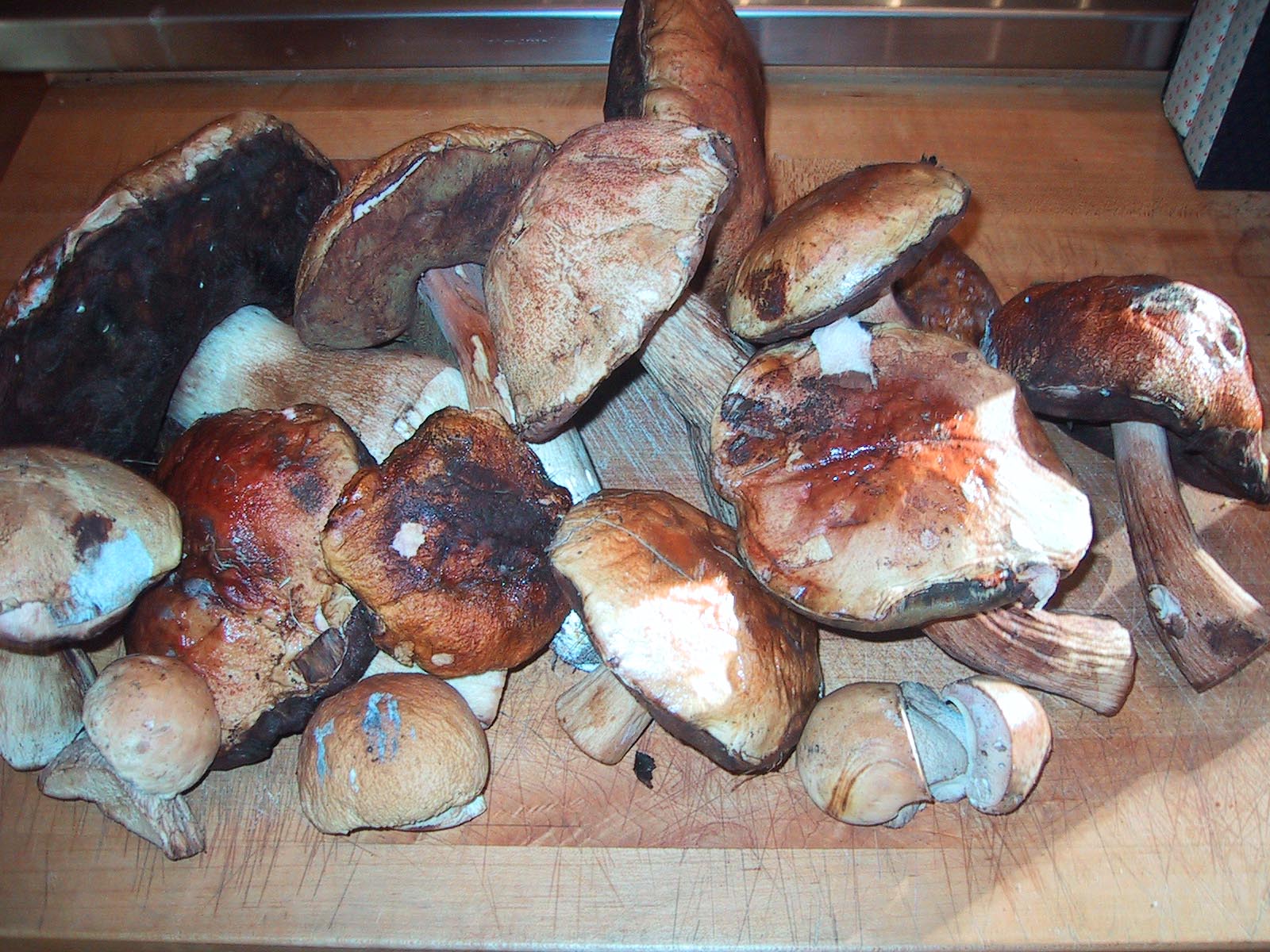
One of our favorite fall events is the Mendocino Wine and Mushroom Festival. This annual event is slated to occur during the height of our wild mushroom season. That is, of course, if the weather cooperates, which it manages to do about one in every three or so years. This year, early rains guaranteed a bounty of wild mushrooms, and thus, as successful festival.
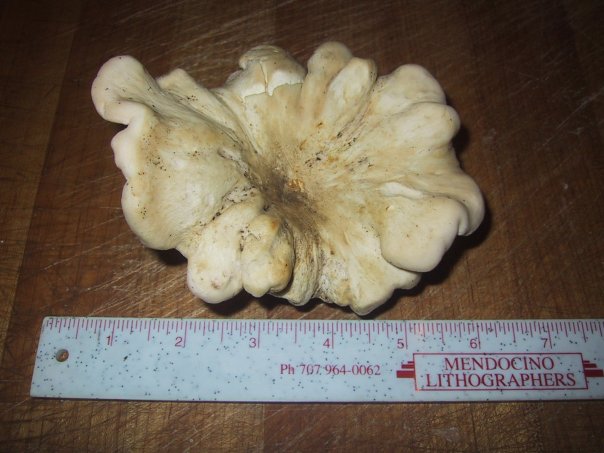
My mushroom adventures started in earnest around the end of October. I took to wandering up and down our old logging roads with my shoulders slumped and my eyes on the ground, hoping for that flash of color amongst the forest duff. My first mushroom of the year was a 6” white Chanterelle, found at the side of the road just down the ravine from the house. Sliced and sautéed with butter and a little brandy, it made a wonderful topping for our Sunday pasta.
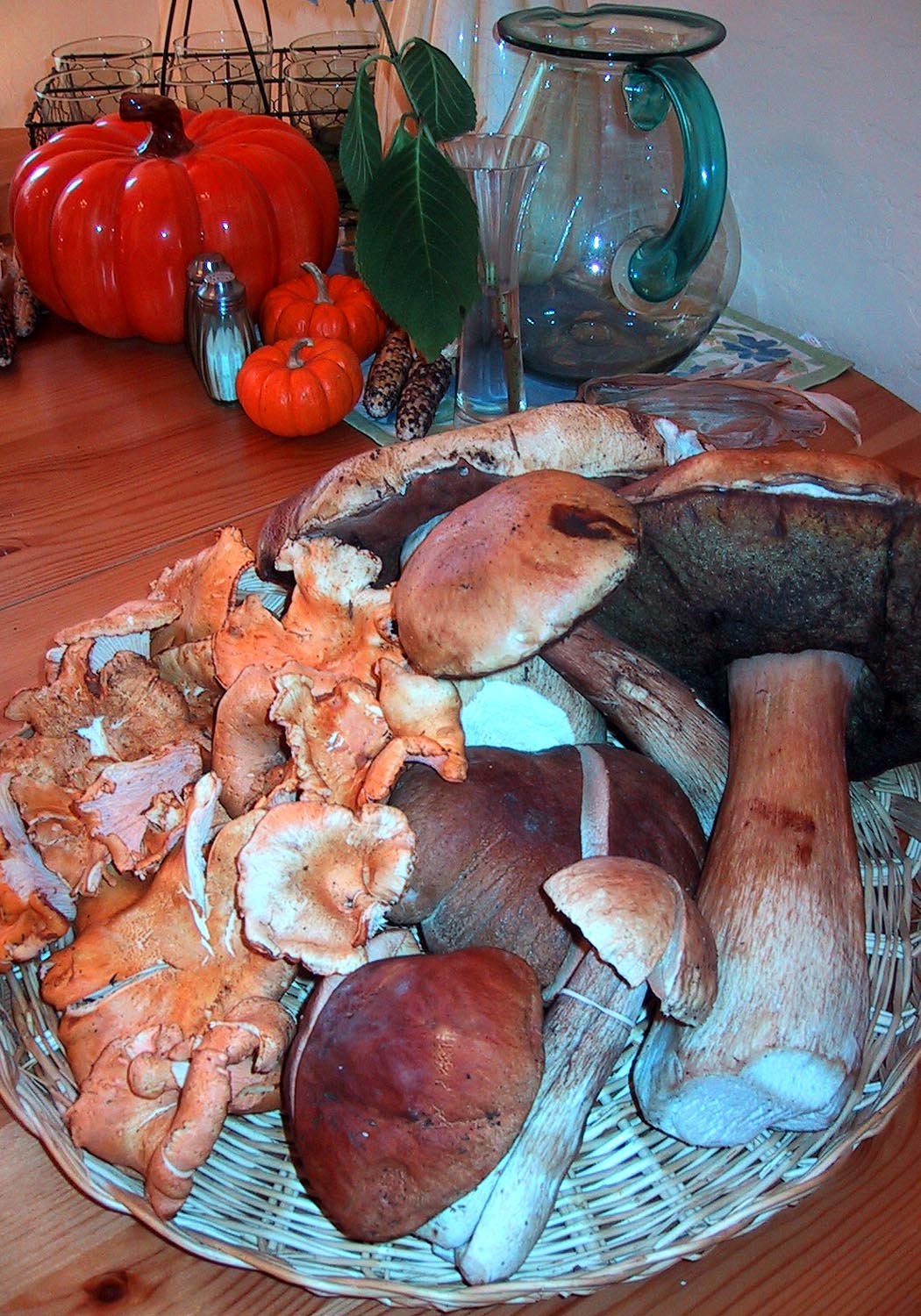
The golden Chanterelles were the next to emerge. These are generally found in patches, in and around tan oak thickets. The trees are considered a weed in our largely fir and redwood forests, but provide the perfect environment for the mushrooms. While smaller and more colorful than the whites, many say that the flavor of the golden is superior. They command a hefty $17.00 per pound at our local market, so are a real treat when found in any numbers. The great thing about Chanterelles is that they seem to remain worm and grub free, even in the dampest weather.
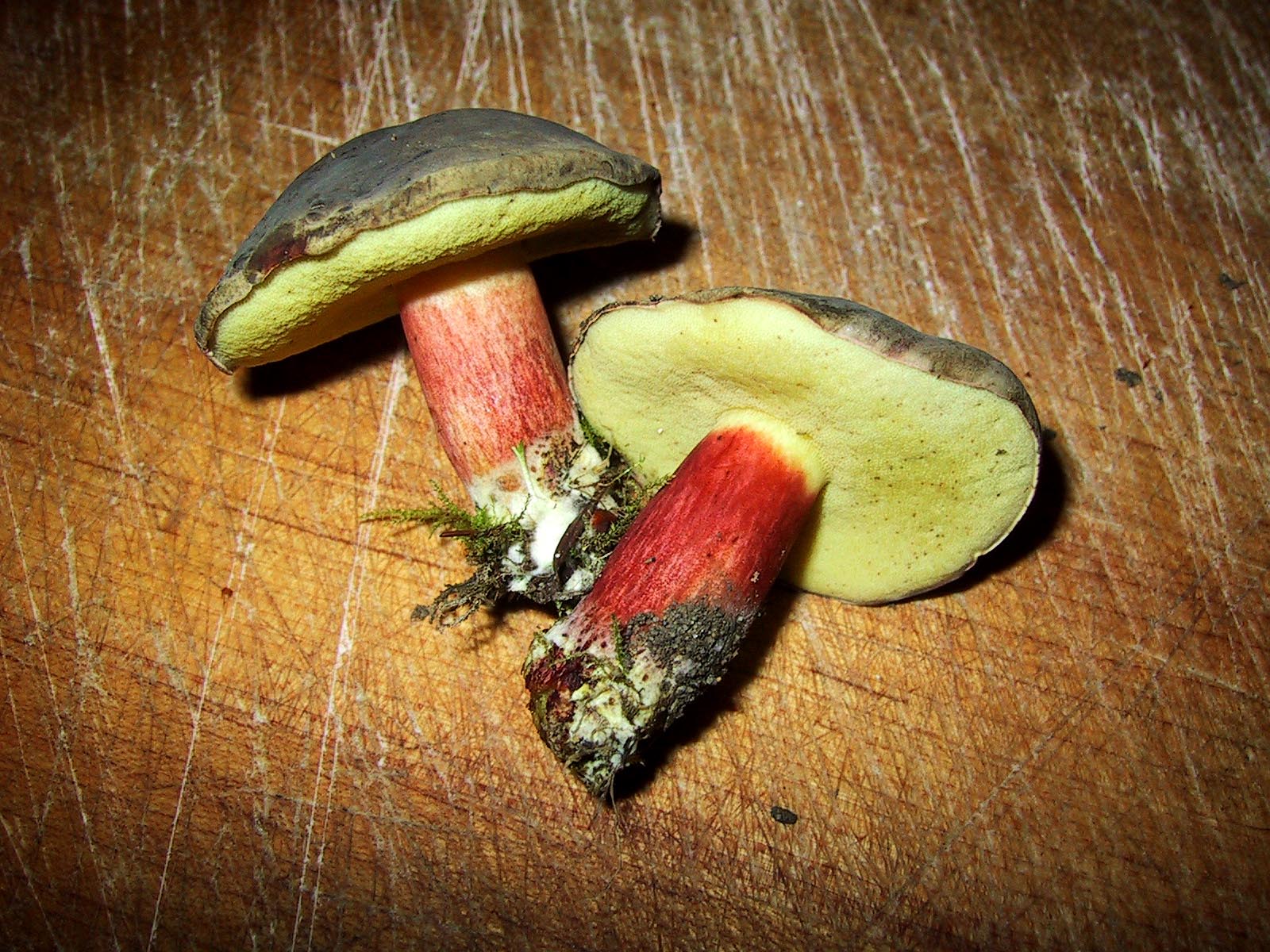
The next mushrooms to poke their heads from the ground were the Boletus, or porcini, as they are known in Italy. In our neighborhood, we see the giant King Bolete, the darker Queen Bolete, and a smaller, more colorful variety called the Zeller’s Bolete. These are the mushrooms most sought after by the commercial hunters, and often the most ridden with small worm holes unless found within hours of emergence. This year, I was lucky enough to receive a gift of a large box of gigantic King Boletus, some with caps measuring over 8” across. I was picking up my order of mushrooms for the cooking class, and my local purveyor offered them up to use as props for presentation, since they were far too large and wormy to be sold commercially. The upside of this arrangement was that, once we were finished with the class and the tasting event that followed, these could be cleaned, sliced and dried. The almost six pounds of mushrooms were reduced, the following weekend, to about twelve ounces of prime dried mushrooms and six half-pints of concentrated porcini stock for the freezer.
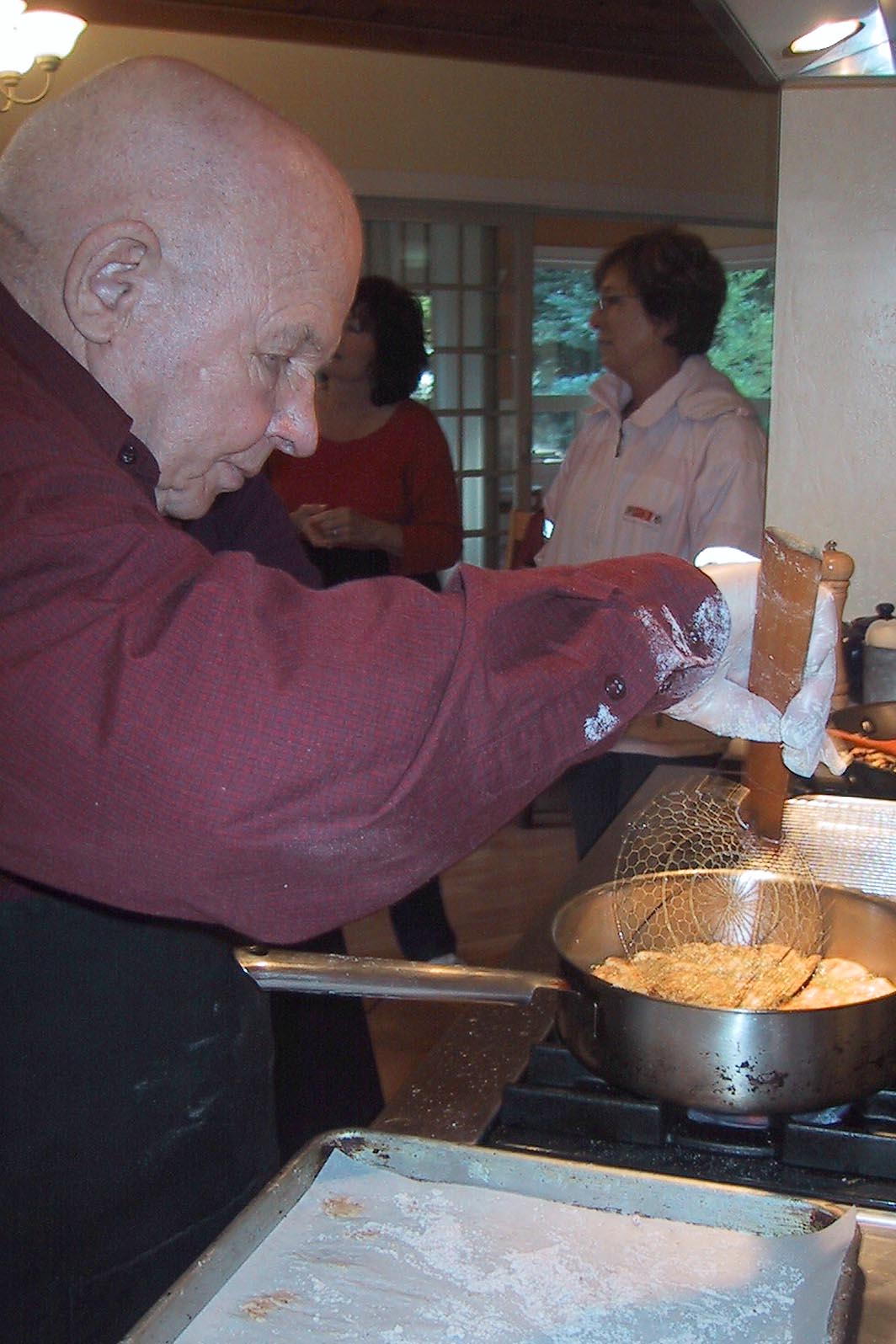
The Magic Mushroom cooking class we presented, and the food and wine pairing that followed, were the highlights of the week. Seven students arrived at the kitchen, ready to prepare six different mushroom appetizers. Aprons were assigned, hands were washed, and four hours later, a beautiful array of food was enjoyed, paired with a 2007 Paul Dolan Sauvignon Blanc and a 2003 McDowell Valley Vineyards Coro Mendocino.
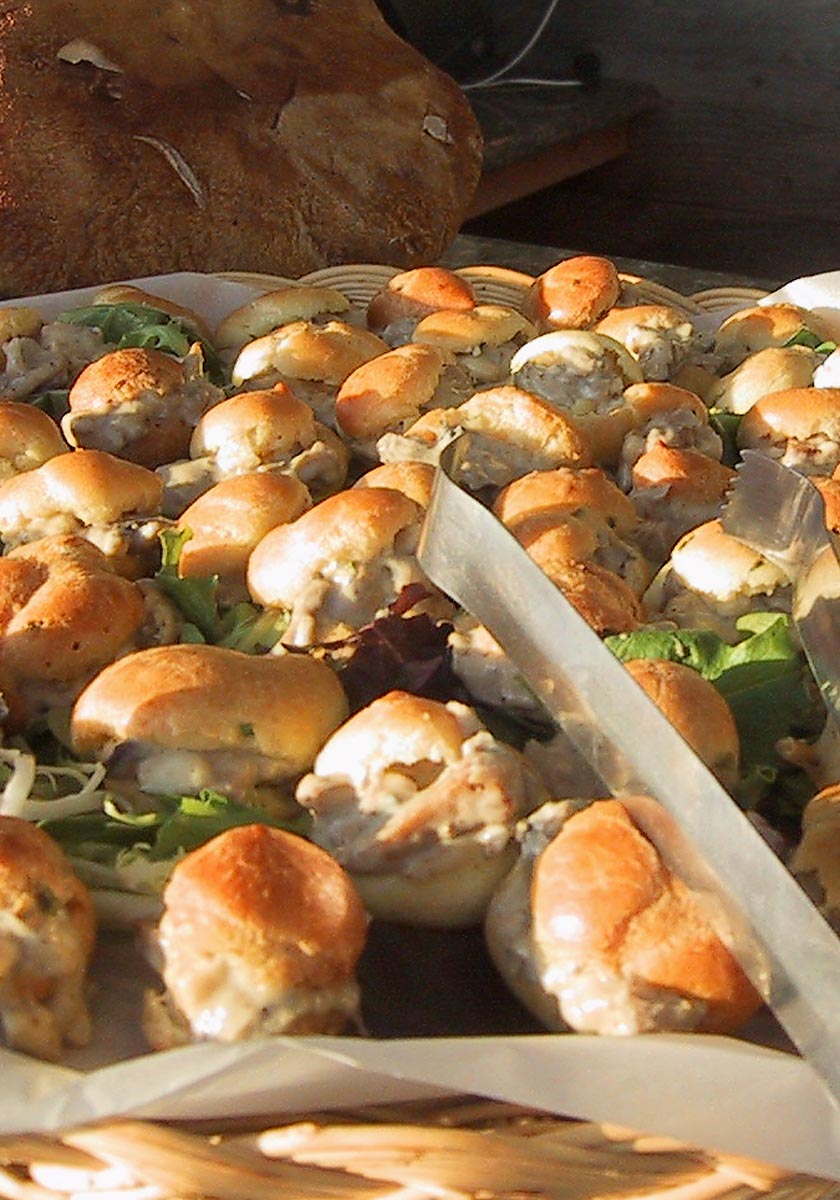
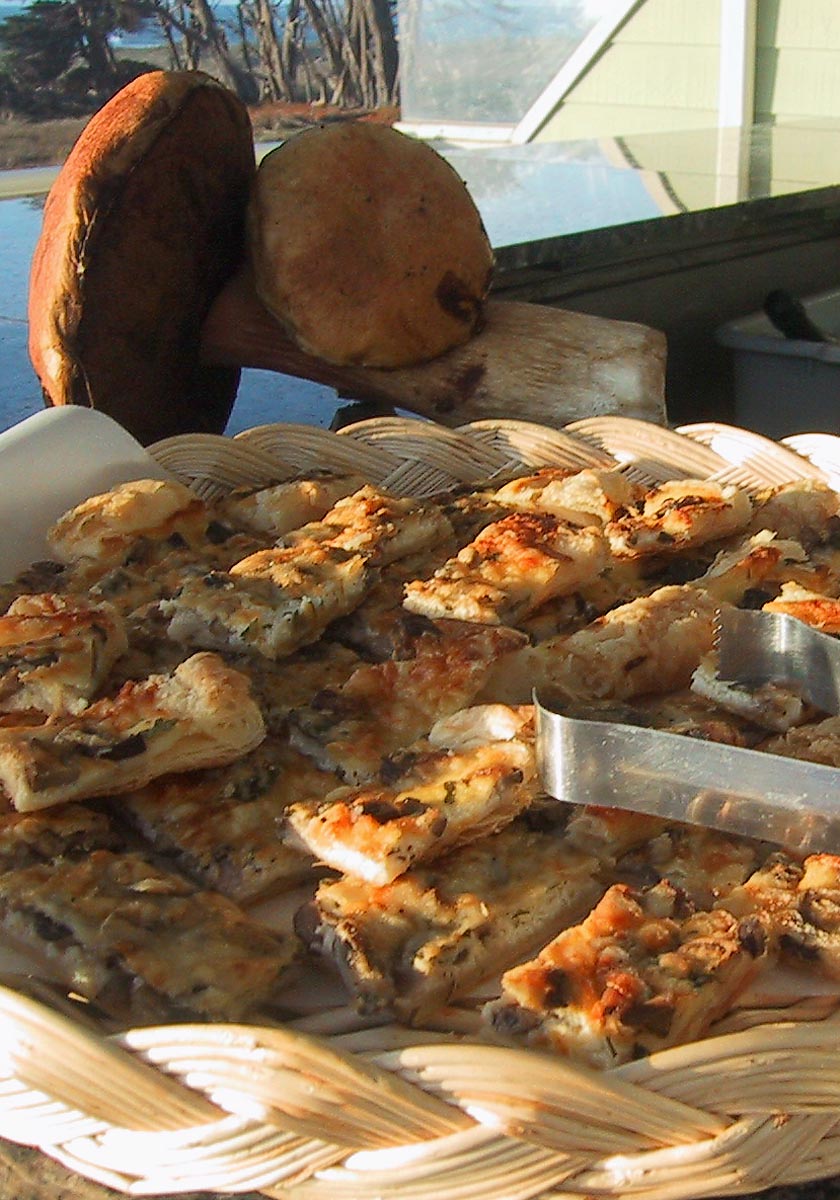
After seeing the satisfied cooks on their way, we plated the balance of the appetizers and packed them off to The Beachcomber Motel for our ‘Shrooms and Sunset at the Beach, with Handley Cellars wines and some of the Mendocino coast’s best views. Mother Nature cooperated once again, and our guests were treated to a spectacular sunset, an amazing absence of wind, and a bounty of wonderful food and wine. Our guests were so amazed with the huge mushrooms scattered around the buffet that one of them even asked us to take his picture holding the giant boletus.
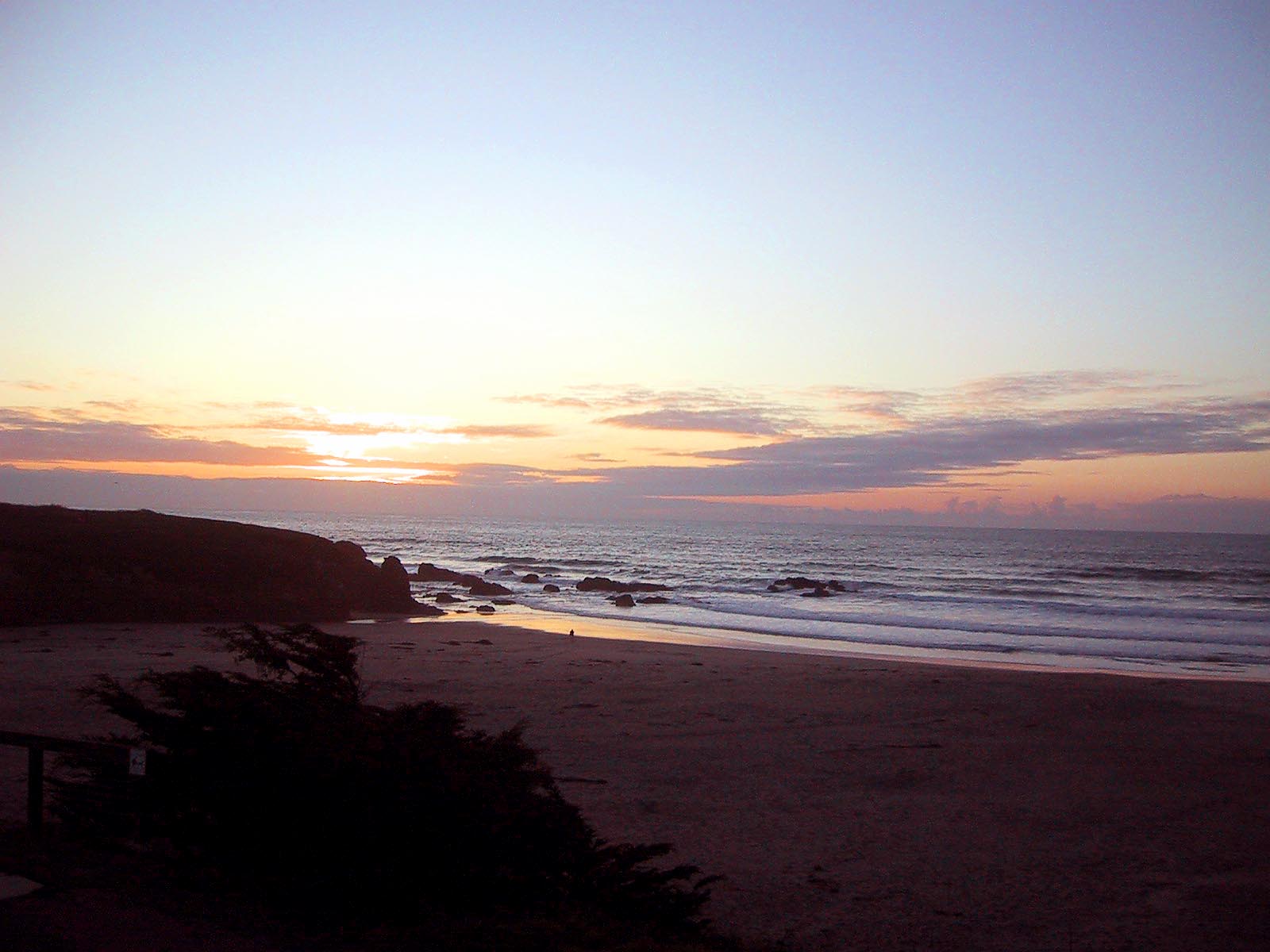
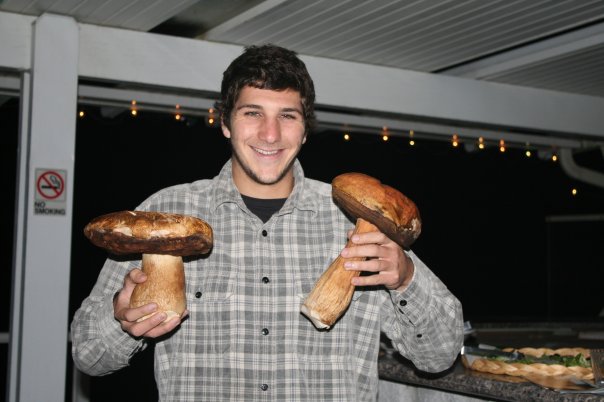
Back in the forest, the cooler weather continues to advance the cast of fungi making their appearances. Now we are seeing the Lactarius or “Milk Caps” named for their milky juices, the Russula, which are rosy pink on white, and an occasional white Matsutake, the famous full moon mushrooms of Japan. Later frosts will bring the Yellow Foot, also known as the Winter Chanterelle, and one of my personal favorites, the Candy Cap. The Candy Cap, when dried, smells and tastes just like maple syrup, and can be infused into milk or cream for the most decadent desserts. For grins, try the Candy Cap Ice Cream at Cowlick’s in Fort Bragg, available only during the mushroom season.


